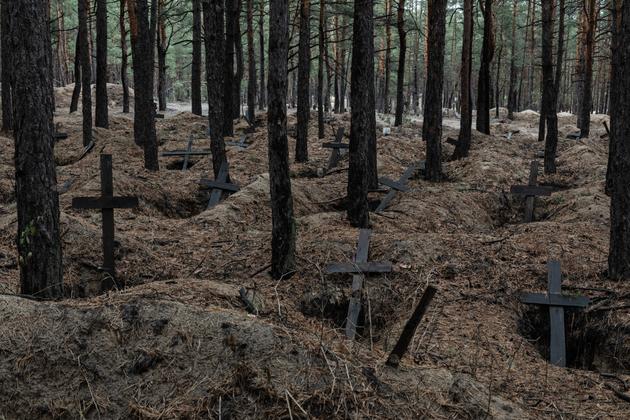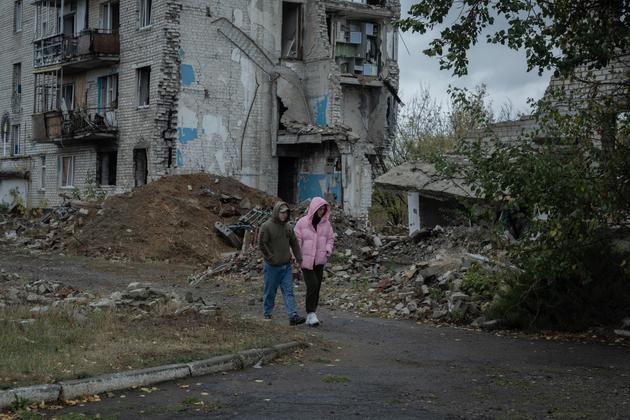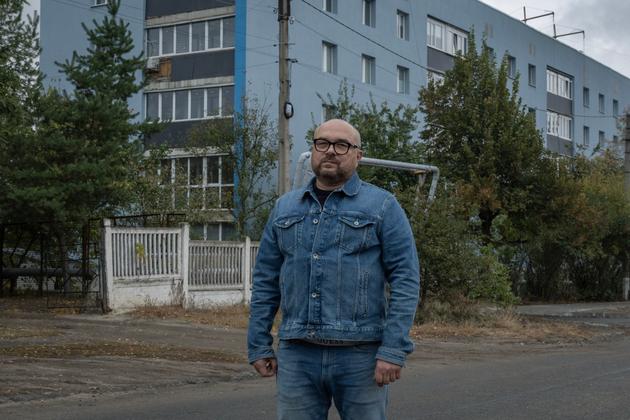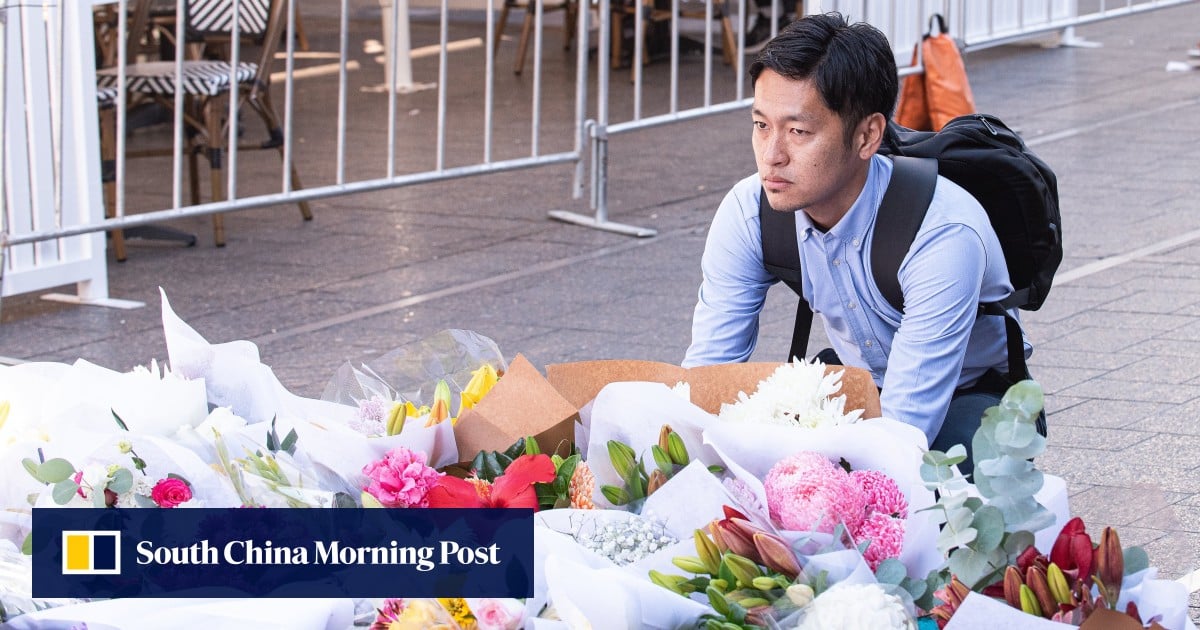Izium, the difficult rebirth of a martyred town – Technologist
At one of the entrances to Izium in north-eastern Ukraine, a pine forest runs alongside the checkpoint giving access to this strategic city, which was occupied by the Russians from April to September 2022. It may not look it, but every resident knows that these trees are cursed. Since the departure of Moscow’s troops, following the small sandy path leading through the woods to one of the town’s cemeteries, you have to cross a landscape that grabs you by the throat. Lined up between the pine trees it’s impossible not to see the 449 holes in the ground serving as graves, marked with a crude cross, a reminder of the martyrdom experienced by Izium.

It was here that the bodies of those who had the misfortune to cross paths with Russian soldiers, or to lack health care, were dumped, mostly in sacks or with nothing at all. The gravediggers only wrote numbers on the crosses. When the town was liberated, the corpses were exhumed and properly buried elsewhere by the families. Twenty of them remain unknown. “We won’t touch these empty graves,” said Marina Kolovorotna, head of the city adviser’s culture commission, “not even to extend the cramped old cemetery. There is no future without a past; these victims are our scars.”
Condemned to live with the stigma of an occupation that claimed the lives of nearly 1,000 of the 13,000 civilians who lived there at the time, Izium still doesn’t know how it will emerge from this ordeal. Nicknamed “the key to the Donbas” and a railway crossroads, backed by the Siversky Donets river and dominated by a high hill, this town radiated over the whole region. Two years after going through hell, it still seems stunned, trying to recover the lost thread of its history.


“Nearly 80% of the infrastructure and 30% of the homes remain destroyed,” said first deputy mayor Volodymyr Matsokin. “Reconstruction isn’t easy, we’re 50 kilometers from the front, and some people are pushing us to demolish to erase the bad memories, while others want us to preserve the buildings, so we never forget.” Divided between the duty to remember and the will to live, every year on September 10 the community celebrates its dead along a route that links the symbolic sites of Russian violence.
‘Traces of the life before’
At the edge of the May-1 road, a block of flats gutted on March 9, 2022 by a powerful air strike, is one of the stages of this commemoration. On that day, 50 people who had taken refuge in the cellars died in one fell swoop after the building collapsed. “I drive past it every day,” said the first deputy mayor. “You can still see the inside of the apartments, a mirror, clothes in the closet, traces of life as it was before. Each time, I feel a strong sense of emotion and responsibility.”
You have 70.86% of this article left to read. The rest is for subscribers only.


